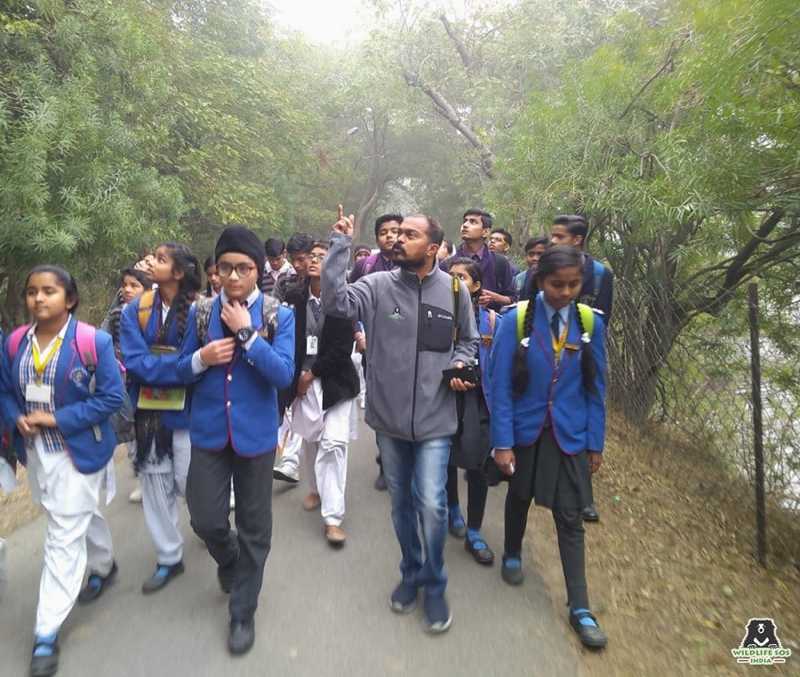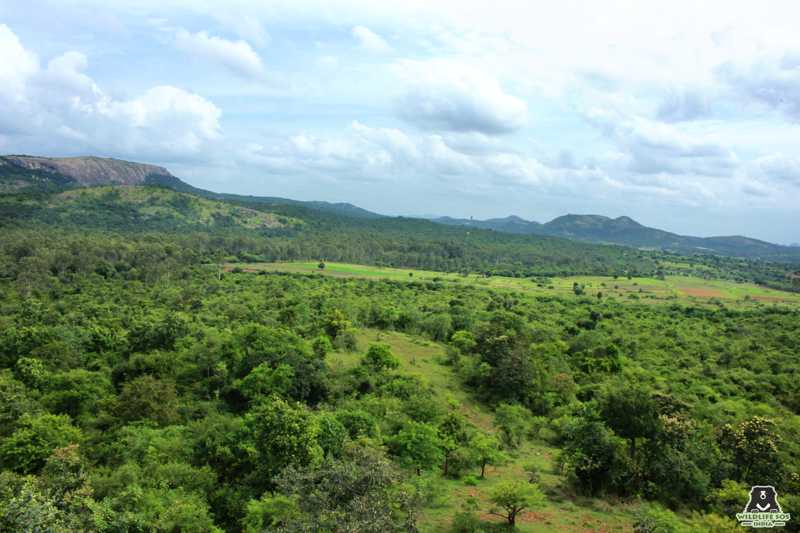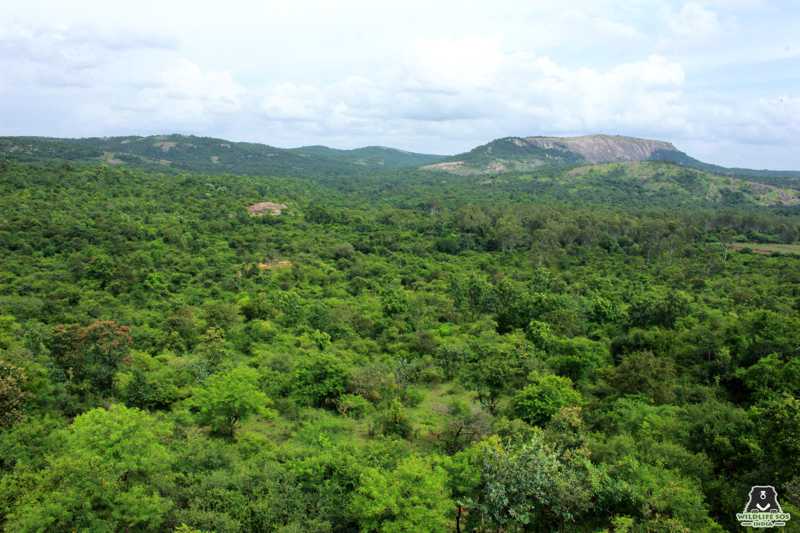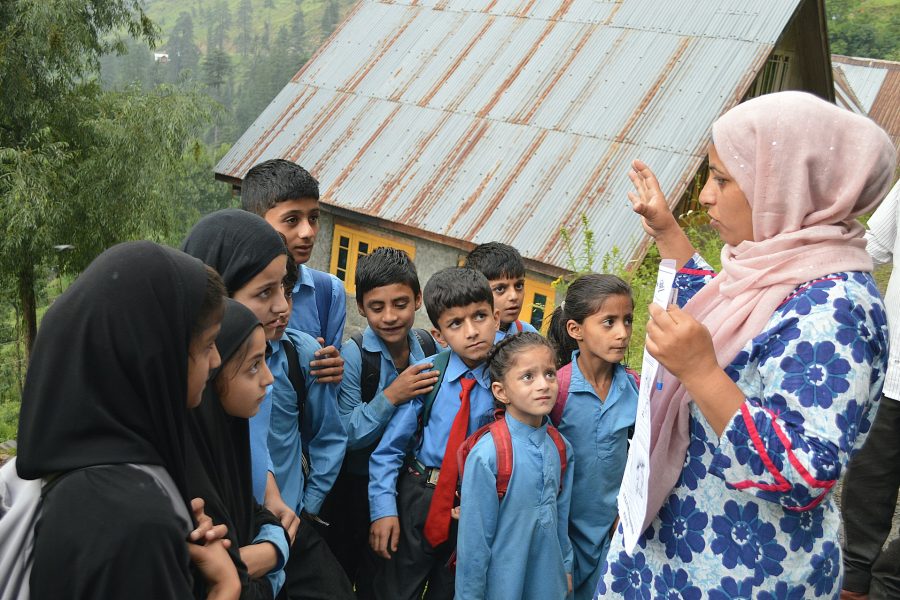The foundations of the World Forestry Day can trace its roots back to 1971, at the 23rd General Assembly of European Confederation of Agriculture. Centering the focus on creating public awareness about the importance of forests, the idea was to associate international significance to the day. Hence, on the 28th of November 2012, by a resolution of the United Nations General Assembly, the two international commemorations were united and consequently on 21st of March each year, the International Day of Forests is observed.

The objective of associating international significance to this day sums up the importance of forests for the survival of human race on this planet. Covering approximately 30% of the world’s land, the forests serve as a major means to survival on earth. As go the forests, so does the plant and animal species that they embrace, concluding to 80% of all terrestrial biodiversity. In the contemporary times, the purposes served by forests have become multi-faceted, only adding to its worth. Playing a critical role in climate change like global warming and increased carbon emissions, forest covers act as primary carbon sinks and aid in mitigating such effects.

With the annual loss of around 13 million hectares of forest over each year, it is extremely important to reach out to the masses to apprise them about the imbalances induced by deforestation. On this day, each year countries are encouraged to undertake local, national and international efforts to organize activities involving trees and forests. This year the International Day of Forests promotes education to “Learn to Love Forests” and highlights the theme “Forests and Education”. Underscoring the importance of education at all levels in achieving sustainable forests management, it meets the prime goal of biodiversity conservation and supporting prosperous green economies.
Delivering the message for the need of a sustainable future, the theme focuses on ensuring healthy forests keeping at par with the ever climbing population, estimated to reach 8.5 billion by 2030. Promoting children to connect with nature spreads a conscious message to our future generations to conserve forests and manage them sustainably. This can be met with the use of both traditional and cutting-edge technology for an efficient monitoring and management.

This day gives us an opportunity to change the world for the better by investing forestry education. By making changes at all levels, nations can help ensure there exists scientists, policy makers, foresters as well as local communities working towards afforestation and restoring degraded lands. Additionally in the modern times, it is the rural population that is closely associated with forests on an everyday basis. Therefore, gender parity in forest education would empower the rural women to sustainably manage forests and ensure its development.




